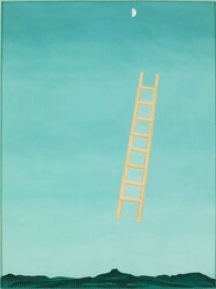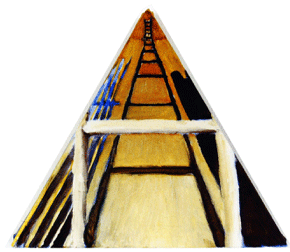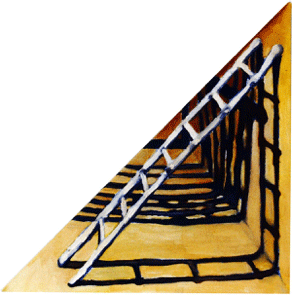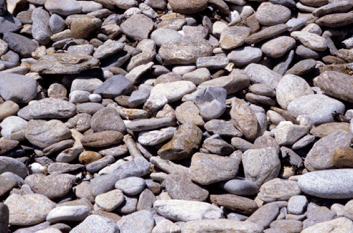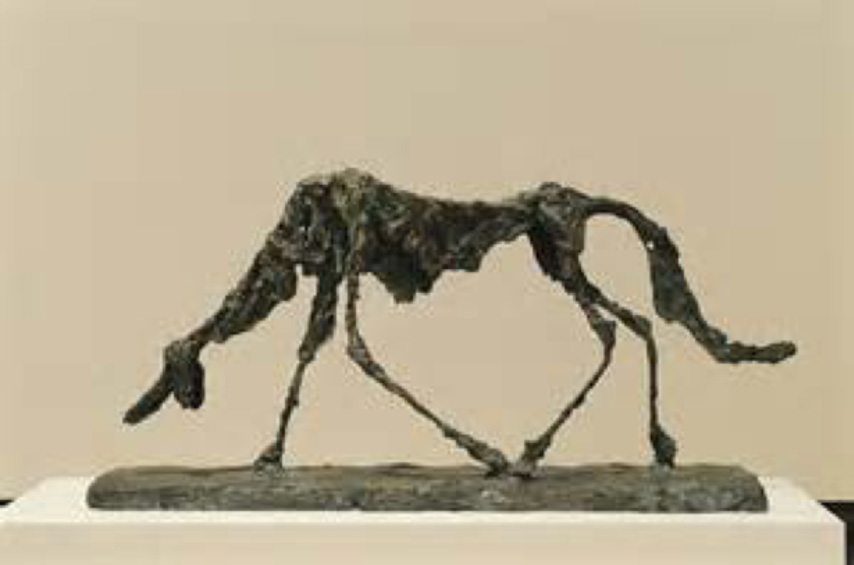Bob Dylan shows up at The Factory for a screen test. These are traditionally short, on the spot, spontaneous interviews, filmed and conducted by Andy Warhol himself. Warhol is a bit dazzled that Dylan actually showed up. Dylan a bit nonplussed, as he doesn’t really like Warhol’s paintings.

“Andy Warhol and Bob Dylan at The Factory”
(Copyright Nat Finkelstein)
1966
B&W photograph
Courtesy of Idea Generation Gallery
Edie Sedgwick, supposedly introduced Dylan to Warhol sometime around 1965-1966, but it was Barbara Rubin, a filmmaker and a mutual acquaintance of both, who brought Dylan to the studio. Having finished the screen test, Dylan received a personal tour of The Factory. One account of the story has Warhol giving a painting of Elvis Presley to Dylan. The other account has Dylan picking up the Presley painting, putting it under his arm, and walking out with it as payment for the screen test. Warhol’s studio assistants were aghast, but did not quite know what to do at this point. The kind of story from which myths are made. Fortunately, the photographer Nat Finkelstein was there at The Factory, documenting the entire encounter.
The painting was the large “Double Elvis” from the “Silver Elvis Series” produced by Warhol in silver spray paint and silk-screen, printed on rolls of canvas and cut to size by his assistants: one, two, or three images to a panel. In any case, the “Double Elvis” was strapped to the roof of Dylan’s station wagon and taken away!

“Bob Dylan with ‘Double Elvis’ strapped to the roof of his car in front of The Factory”
(Copyright Nat Finkelstein)
1966
B&W photograph
Courtesy of Idea Generation Gallery
Musical history, myth, and mystery all wrapped up in the long stem of connection, and Elvis Presley remains at the center of our attention. Presley’s early renditions of classic blues songs such as “Milk Cow Blues” were really important influences on the young Bob Dylan.[i] Presley’s appearances on the Ed Sullivan Show were crucial influences on an entire generation of young Americans, including the poet David Wojahn, who was born in 1953 in St. Paul, Minnesota and studied at both the University of Minnesota and the University of Arizona.
Writing in his collection Mystery Train, Wojahn collected several rock & roll myths, all supposedly based on true incidents. They were visions of musical stars and hangers on, often containing tragic outcomes: Brian Wilson having a ton of sand delivered to his living room where he set his piano in order to compose several of his masterpieces; Bo Diddley being mistaken for Chuck Berry one night on Long Beach Island in New Jersey; and William Carlos Williams taking a break in his hospital day room just in time to see Elvis Presley on the Ed Sullivan Show one Sunday night.
The poet Denise Levertov was born in 1923 in Ilford in Essex, England, where she was raised and home schooled by her Welsh mother. In 1948 she emigrated to the United States with her husband, the writer and activist Mitchell Goodman, in order to work and teach. Levertov shared many literary and aesthetic concerns with her American counterparts from Black Mountain College to New York City. Many of these younger poets especially, were drawn to the work of William Carlos Williams. Of utmost importance were visions of the local and attention to detail, a new method on how to create a presence, and the physical measure of an object or a sound.
There are two modern poems that touch on these interrelationships, one each by Levertov and Wojahn. Although they are of differing generations, they share an interest in the attention to certain details, and looking directly at the world around themselves. Wojahn even uses a line “…missed connections, missed connections….” which seems to be a play on Levertov’s powerful portrait of Williams. Here are the two pieces, from very different points of view, but featuring work that places them each within the aesthetic realm that was established by William Carlos Williams.

“Dr. Williams on the roof of the Passaic General Hospital”
1936
B&W photograph
Courtesy of the Rutherford Public Library,
Rutherford, New Jersey
Williams: An Essay
“His theme
over and over:
the twang of plucked
catgut
from which struggles
music,
the tufted swampgrass
quicksilvering
dank meadows,
a baby’s resolute—metaphysic
of appetite and tension.
Not
the bald image, but always—
undulant, elusive, beyond reach
of any dull
staring eye—lodged
among the words, beneath
the skin of image: nerves,
muscles, rivers
of urgent blood, a mind
secret, disciplined, generous and
unfathomable.
Over
and over,
his theme
hid itself and
smilingly, reappeared.
He loved
persistence—but it must
be linked to invention: landing
backwards, ‘facing
into the wind’s teeth,’
to please him.
He loved
the lotus cup, fragrant
upon the swaying water, loved
the wily mud
pressing swart riches into its roots,
and the long stem of connection.”[ii]

“Double Elvis”
1963
6’ 11” x 53”
Silkscreen ink and acrylic on canvas
Museum of Modern Art, New York
W. C. W. Watching Presley’s Second Appearance on “The Ed Sullivan Show”: Mercy Hospital, Newark, 1956
“The tube,
like the sonnet,
is a fascist form.
I read they refused
to show this kid’s
wriggling bum.
‘The pure products
of America. . . .’
etc.
From Mississippi!
Tupelo,
a name like a flower
you wouldn’t want
beside you
in a room
like this,
where the smells hold you
a goddamn
hostage to yourself,
where talk’s
no longer cheap.
Missed connections,
missed connections—
a junk heap
blazing there in
Ironbound,
a couple kids
beside it,
juiced on the
cheapest wine. Mid-
thought. Mid winter,
and stalled
between TV screen
and window. . . .
This pomped-up kid,
who preens
and tells us
‘Don’t Be Cruel.’
Kid, forget it.
You don’t know
a fucking thing
about cruelty yet.”[iii]
[i] Barker, Derek, ed.; “Bob Dylan’s Jukebox: Songs that Influenced the Bard;” CD Recording; ISIS and Chrome Dreams Productions; Surrey and Warwickshire, United Kingdom; 2006.
[ii] Levertov, Denise; Candles in Babylon; New Directions Publishing Corporation; New York, New York; 1982; pp. 59-60.
[iii] Wojahn, David; Mystery Train; University of Pittsburgh Press; Pittsburgh, Pennsylvania; 1990; p. 27.

